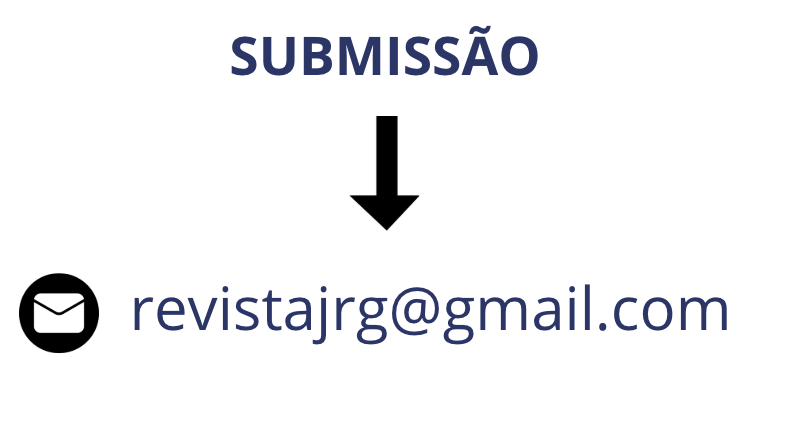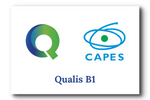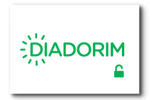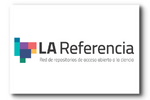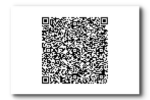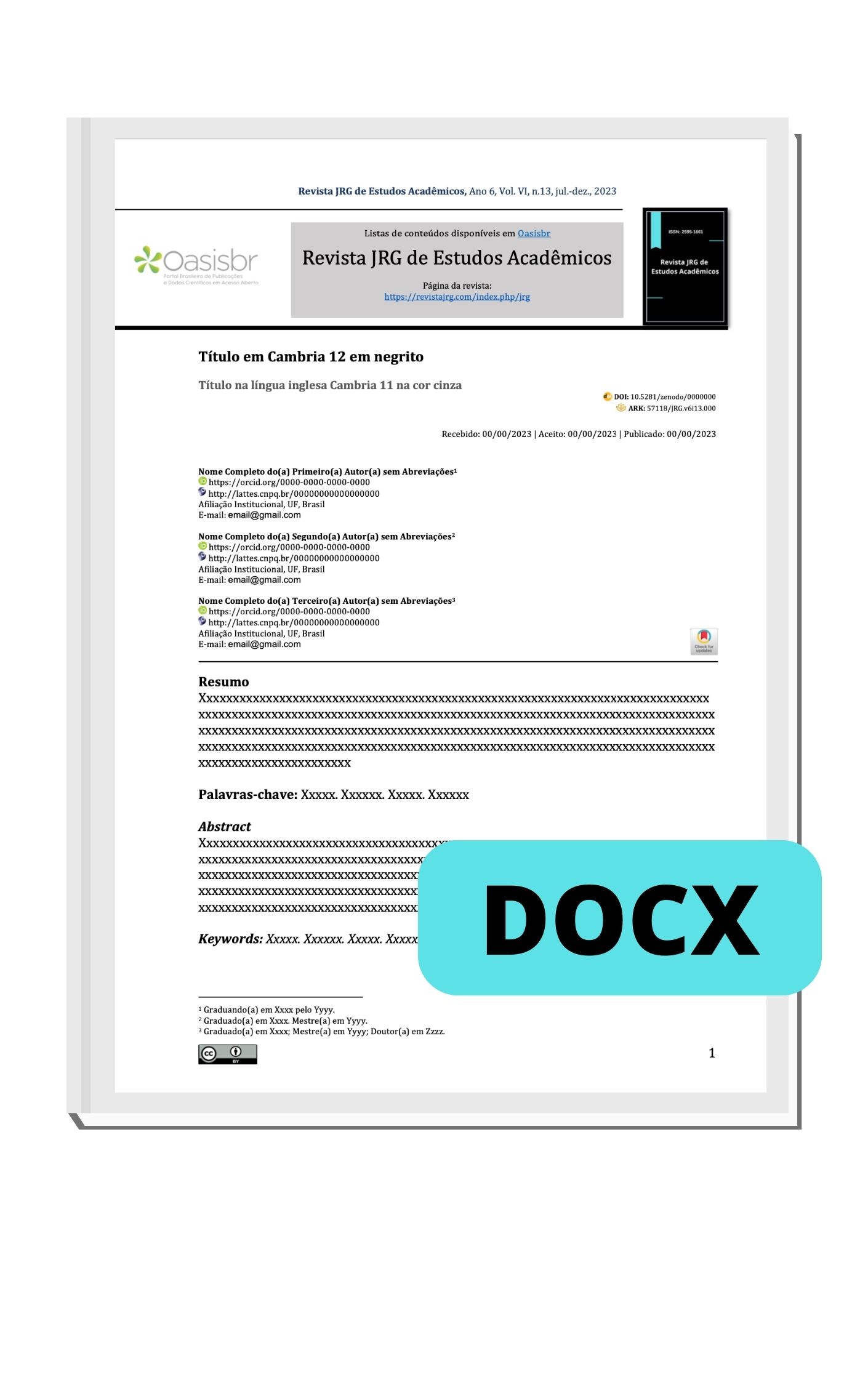Tecnologia digital e sintomas de TDAH: que relação há nisso?
DOI:
https://doi.org/10.55892/jrg.v8i18.2166Palavras-chave:
Transtorno do Déficit de Atenção com Hiperatividade, Tempo de Tela, Tecnologia da Informação, Criança, AdolescenteResumo
O uso crescente de tecnologias digitais por crianças e adolescentes tem sido apontado como possível fator de intensificação de sintomas de Transtorno do Déficit de Atenção com Hiperatividade (TDAH), especialmente em função de seus efeitos sobre o comportamento, o sono e o desenvolvimento neurológico. Nesse contexto, torna-se relevante compreender as possíveis interfaces entre o uso problemático de telas e a manifestação de sintomas do transtorno. Objetivou-se, assim, analisar as evidências disponíveis sobre a relação entre uso de tecnologias digitais e sintomas de TDAH em crianças e adolescentes. Trata-se de uma revisão integrativa, baseada em 15 artigos publicados entre 2019 e 2023, selecionados nas bases PubMed e ScienceDirect, a partir de critérios de inclusão e exclusão previamente definidos. A análise revelou associação significativa entre uso excessivo de telas e intensificação de sintomas de desatenção, hiperatividade e impulsividade, sendo mediadores frequentes o sono inadequado, a impulsividade basal e alterações em redes neurais de controle inibitório. Alguns estudos indicaram ainda a influência de fatores genéticos compartilhados. Apesar de existirem achados divergentes, o conjunto das evidências longitudinais, análises de mediação e estudos com neuroimagem sustentam a hipótese do uso desregulado de tecnologia como fator de risco comportamental. Conclui-se que a exposição excessiva a mídias digitais pode contribuir para o agravamento dos sintomas de TDAH, sendo recomendada a adoção de estratégias educativas e preventivas, como a regulação do tempo de tela, promoção da higiene do sono e incentivo ao uso consciente da tecnologia.
Downloads
Referências
BOER, Maartje et al. Attention Deficit Hyperactivity Disorder-Symptoms, Social Media Use Intensity, and Social Media Use Problems in Adolescents: Investigating Directionality. Child Development, [S.l.], v. 91, n. 4, p. e853–e865, 2020. DOI: https://doi.org/10.1111/cdev.13334.
CAVALLI, Eddy et al. Screen exposure exacerbates ADHD symptoms indirectly through increased sleep disturbance. Sleep Medicine, [S.l.], v. 83, p. 241–247, 2021. DOI: https://doi.org/10.1016/j.sleep.2021.03.010.
CHEN, Ya-Yun; YIM, Hyungwook; LEE, Tae-Ho. Negative impact of daily screen use on inhibitory control network in preadolescence: A two-year follow-up study. Developmental Cognitive Neuroscience, [S.l.], v. 60, p. 101218, 2023. DOI: https://doi.org/10.1016/j.dcn.2023.101218.
GUERRERO, Michelle D. et al. Screen time and problem behaviors in children: exploring the mediating role of sleep duration. International Journal of Behavioral Nutrition and Physical Activity, [S.l.], v. 16, n. 105, 2019. DOI: https://doi.org/10.1186/s12966-019-0862-x.
MILLER, Jack et al. Impact of digital screen media activity on functional brain organization in late childhood: evidence from the ABCD study. Cortex, [S.l.], v. 169, p. 290–308, 2023. DOI: https://doi.org/10.1016/j.cortex.2023.09.009.
QU, Guangbo et al. Association between screen time and developmental and behavioral problems among children in the United States: Evidence from 2018 to 2020 NSCH. Journal of Psychiatric Research, [S.l.], v. 161, p. 140–149, 2023. DOI: https://doi.org/10.1016/j.jpsychires.2023.03.014.
SIHOE, Christopher Emmett; MUELLER, Ulrich; LIU, Sam. Perceived smartphone addiction predicts ADHD symptomatology in middle school adolescents: A longitudinal study. Computers in Human Behavior Reports, [S.l.], v. 12, 100335, 2023. DOI: https://doi.org/10.1016/j.chbr.2023.100335.
SONG, Kunru et al. Youth screen media activity patterns and associations with behavioral developmental measures and resting-state brain functional connectivity. Journal of the American Academy of Child & Adolescent Psychiatry, [S.l.], v. 62, n. 9, p. 1051–1063, set. 2023. DOI: https://doi.org/10.1016/j.jaac.2023.02.014.
TAMANA, Sukhpreet K. et al. Screen-time is associated with inattention problems in preschoolers: Results from the CHILD birth cohort study. PLOS ONE, [S.l.], v. 14, n. 4, p. e0213995, 2019. DOI: https://doi.org/10.1371/journal.pone.0213995.
VINER, Russell M. et al. Roles of cyberbullying, sleep, and physical activity in mediating the effects of social media use on mental health and wellbeing among young people in England: a secondary analysis of longitudinal data. The Lancet Child & Adolescent Health, [S.l.], v. 3, n. 10, p. 685–696, out. 2019. DOI: https://doi.org/10.1016/S2352-4642(19)30186-5.
WALLACE, Jasmina et al. Screen time, impulsivity, neuropsychological functions and their relationship to growth in adolescent attention-deficit/hyperactivity disorder symptoms. Scientific Reports, [S.l.], v. 13, p. 18108, 2023. DOI: https://doi.org/10.1038/s41598-023-44105-7.
WU, Jian-Bo et al. Association between screen time and hyperactive behaviors in children under 3 years in China. Frontiers in Psychiatry, [S.l.], v. 13, p. 977879, 2022. DOI: https://doi.org/10.3389/fpsyt.2022.977879.
YANG, Anyi et al. Longer screen time utilization is associated with the polygenic risk for ADHD and brain white matter changes. eBioMedicine, [S.l.], v. 80, p. 104039, 2022. DOI: https://doi.org/10.1016/j.ebiom.2022.104039.
ZHANG, Yingzhe et al. Shared Genetic Risk in the Association of Screen Time With Psychiatric Problems in Children. JAMA Network Open, [S.l.], v. 6, n. 11, p. e2341502, 2023. DOI: https://doi.org/10.1001/jamanetworkopen.2023.41502.
ZHOU, Yu et al. The relationship between screen time and attention deficit/hyperactivity disorder in Chinese preschool children under the multichild policy: a cross-sectional survey. BMC Pediatrics, [S.l.], v. 23, n. 361, 2023. DOI: https://doi.org/10.1186/s12887-023-04130-x
Downloads
Publicado
Como Citar
Edição
Seção
ARK
Licença

Este trabalho está licenciado sob uma licença Creative Commons Attribution 4.0 International License.



